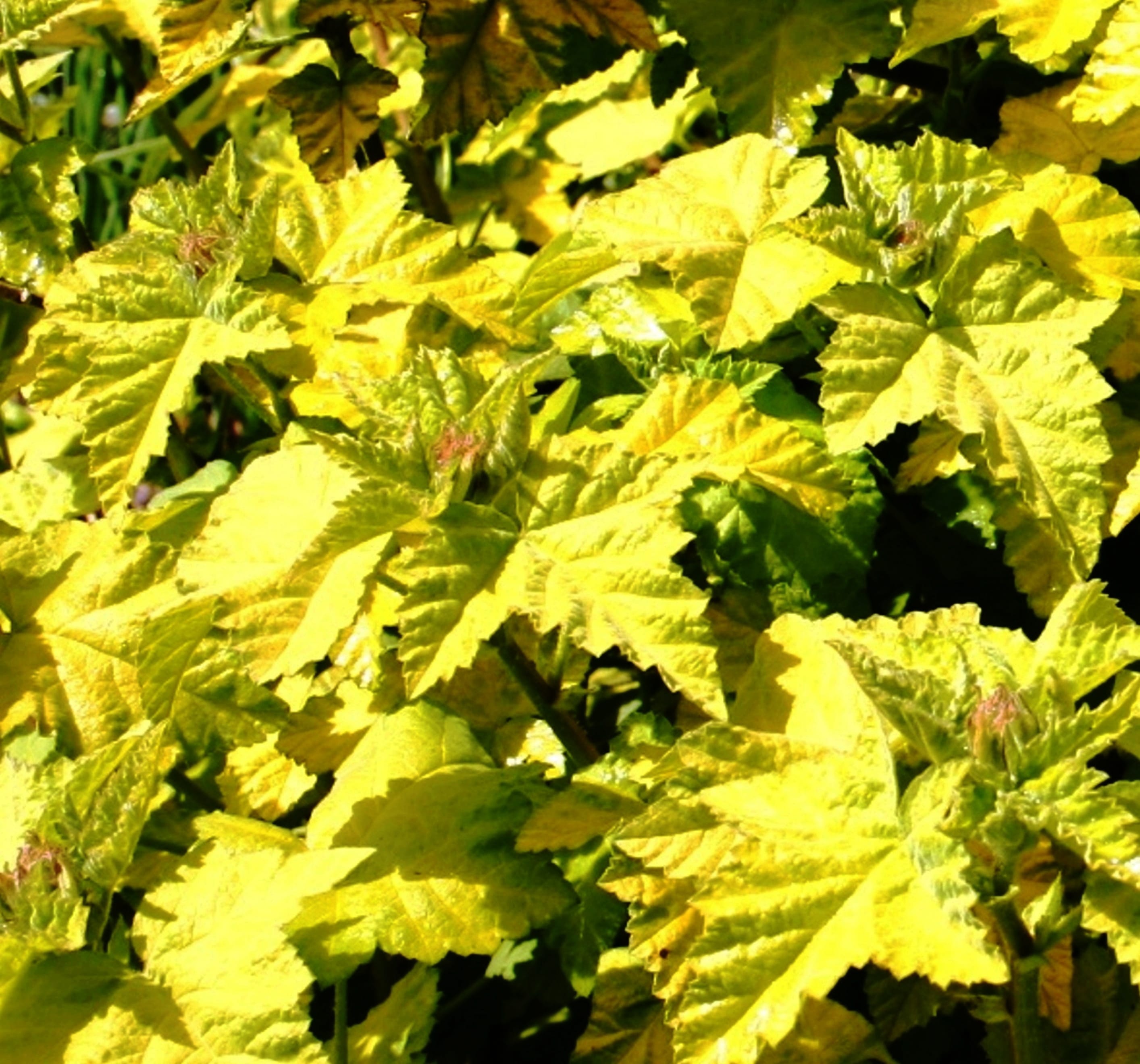Don’t get stuck in the notion that you have to plant the same flower colors every year because it has worked for you in the past. Being safe all the time in color and plant selection limits your opportunities. Be a pioneer and venture out on your own. Taking chances has opened the door to some of the best, most surprising color combinations in my own garden. I never knew how cheerful I found the combination of pink and yellow until my “Moonbeam” coreopsis bloomed at the foot of the daylily “Minnie Pearl.”
One of the best things about summer is the abundance of planters and hanging baskets in Northwest gardens. There are always new plant introductions, with sun-loving, brightly colored blossoms heading the list. This year, the red-orange-yellow dahlia “Tequila Sunrise” jumps out of the sunny border. Annuals add color to the garden and interest to decks and porches even as perennial garden flowers begin to fade for the season. Annual plantings in pots, planters and baskets give the smallest garden a sense of generosity as they overflow their containers.
Not every garden has full sun for an extended period each day and not every seasonal planter has to be planted with brightly colored, sun-loving plants. Color can be subtle and sophisticated as well. One of my favorite color spots in the garden is situated along a woodland trail in the midst of a shade border. Here, a large earthen pot is planted with a “Blue Star” juniper, two demure Japanese painted ferns (athyrium nipponicum “Pictum”), a small variegated sedge and the trailing lamium “Beacon Silver.”
Gardening splurge
Every once in a while I have to embark on a gardening splurge. When I say, “splurge,” I don’t mean that I simply spend more money than I was expecting to spend or that I bought three of one plant instead of one. I’m talking about the classic spree when I plan to indulge myself in some luxury or pleasure that’s been biding its time in the back of my mind somewhere, just waiting for the right moment to come along. Heading out to the nursery one day with the intention of bringing home the esteemed pagoda dogwood cornus alternifolia is one good example of a plant splurge.



